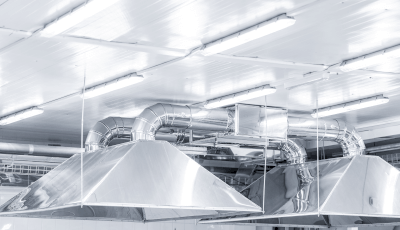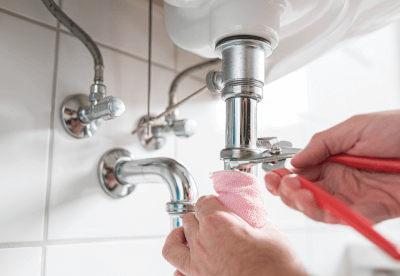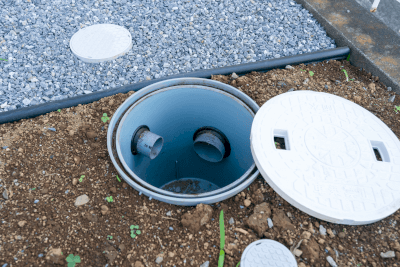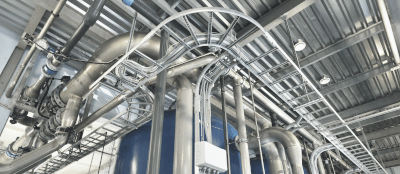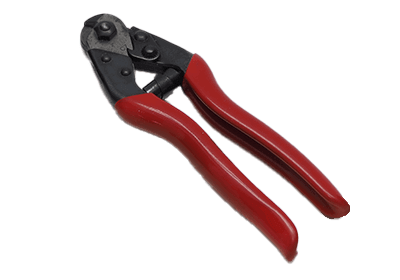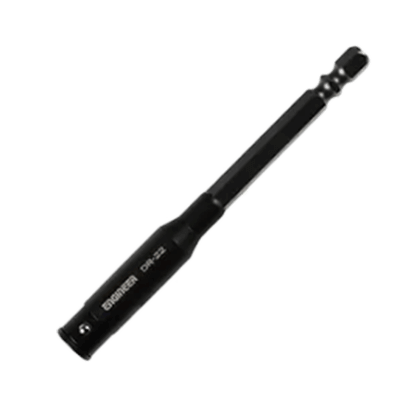What Is a Thickener?
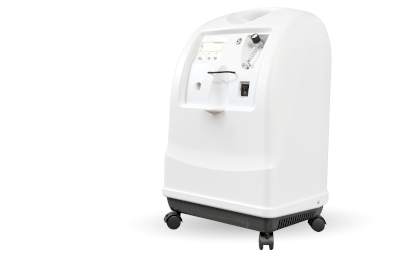
A thickener is a device used to concentrate liquids by evaporating water, commonly seen in the concentration of fruit juice. This process enhances the liquid’s flavor and quality by removing water under reduced pressure, which lowers the boiling point and allows evaporation at lower temperatures.
Thickeners have applications beyond the food industry, including chemical solution concentration, chemical manufacturing, paper and pulp production, waste liquid treatment, and reducing transportation costs.
Uses of Thickeners
In the food industry, thickeners concentrate liquids like sugar solutions, soup stocks, and fruit juices. This technology, combined with vacuum packaging and freezing, helps prevent moisture, oxygen, and temperature from degrading food, extending preservation. Thickeners also support industrial processes by concentrating recovered cleaning process liquids and other applications.
Principle of Thickeners
Thickeners utilize vacuum concentration, where reducing pressure lowers the boiling point of water in a solution, facilitating evaporation and concentration at reduced temperatures. The process involves placing the target liquid in a thickener, reducing pressure via a vacuum pump, and then evaporating water, often with agitation to prevent sudden boiling. Evaporated water vapor is collected, condensed, and discharged, while toxic substances removed during the process are handled separately.
Features of Thickeners
1. Preservation of Food Flavors
By concentrating at low temperatures under a high vacuum, thickeners retain the original food flavors, prevent oxidation, and avoid heat-induced deterioration.
2. Environmentally Friendly
Thickeners operate without significantly raising the temperature of the target liquid or the surrounding environment, minimizing odor and treating discharged water, making the process environmentally friendly.
3. Handling High-Viscosity Liquids
The system can process high-viscosity foods, chemicals, and pharmaceuticals, offering a broad range of applications.
4. Heating While Stirring
Thickeners concentrate the solution while agitating in the vacuum tank, which prevents sudden boiling and browning, with the capability for automatic liquid supply and compact design.
Types of Thickeners
Thickeners vary based on the evaporation tank method:
1. Natural Circulation Type
Separates the heating and evaporation chambers for natural circulation, advantageous in running costs and often used for sugar solutions and syrups.
2. Forced Circulation Type
Employs a pump to circulate liquid in the evaporation tank, suitable for high-viscosity solutions or when heat transfer is challenging, commonly used in chemical plant crystallization processes.
3. Thin-Film Flow Type
Concentrates liquids on a thin-film heat-transfer surface, ideal for heat-sensitive materials like food and pharmaceuticals, used for milk, fruit juices, enzymes, and pulp waste concentration.
